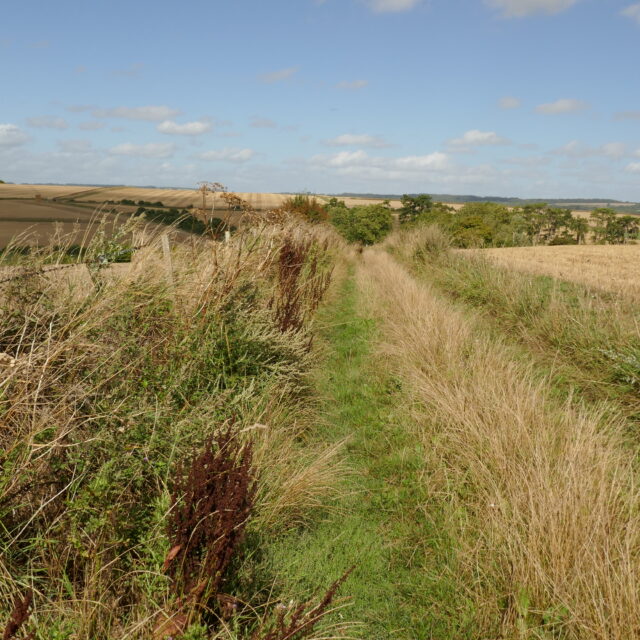The Roman history of Cranborne Chase is still visible on the landscape today.
The Romans in Britain
In the year AD 43 the Roman Emperor Claudius sent legions of soldiers to invade Britain. They came across the English Channel from France to southern England and then later made their way up the country. The Romans occupied Britain until AD 410.
People came from all over the Roman Empire to settle in Britain. During the Roman occupation, a distinctive Romano-British culture emerged as the Romans introduced improved agriculture, urban planning and architecture.
The Roman in Cranborne Chase
During the Roman occupation, Cranborne Chase was a rural area.
Archaeological evidence suggests there were no Roman urban centres on this landscape, but instead the area was dotted with several Roman villas which were farming estates, as well as smaller rural sites.
The Roman villas feature rectangular stone buildings. They often have mosaics and underfloor heating systems. They also feature external buildings such as bath houses, and are often situated within extensive field systems.
Once such villa was discovered in the village of Rockbourne on the edge of Cranborne Chase. Rockbourne Roman Villa was discovered in 1942 and has been extensively excavated. The villa site includes the remains of bath houses, living quarters, farm buildings and workshops, which can be visited today.
The Roman roads of Cranborne Chase
A dominant feature of Cranborne Chase are the Roman Roads which crisscross the area, for example Ackling Dyke.
This is a section of Roman road that runs for 22 miles. The road starts at Old Sarum at Salisbury (Roman name: Sorviodunum) to the hill fort at Badbury Rings (Roman name: Vindocladia).
Much of the road exists today as an exceptionally large embankment (agger), sometimes up to 50ft wide and 6ft high. This is much wider than most Roman roads, and it would have been visible from a great distance. The road would have provided rapid transit for people and soldiers across Cranborne Chase.
In some places, the road cuts straight through earlier prehistoric earthworks and burial mounds (barrows) which shows the Roman attitude to the existing British social structures. The road would have been a way to impress and visually dominate the local population.
Romano-British religious evidence
Cold Kitchen Hill rural temple
This rural temple was built at the crossing point of two major Roman roads. This was excavated extensively between 1925 and 1927. The finds recovered included a large number of brooches and votive offerings, and large quantities of pottery.
Evidence of human burial from this period has been found at Yarnbury Castle and Teffont Quarry.



